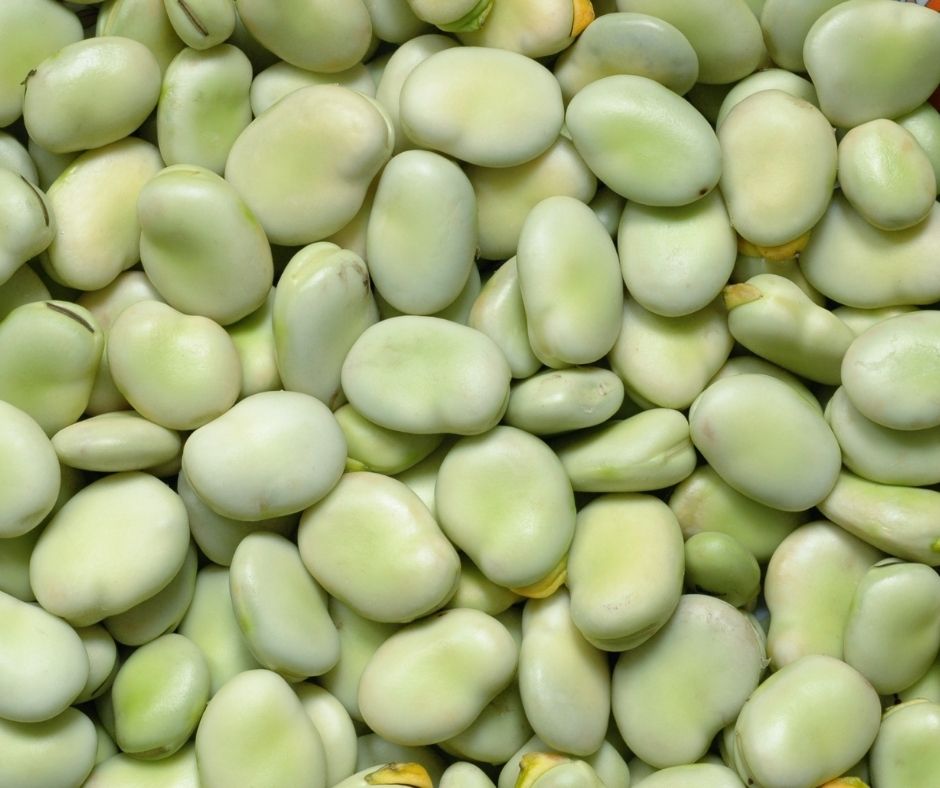
Seed Saving from Broad Beans
Broad Bean pollen is transferred by insects working the flowers, but the plants will also self pollinate, so if you can exclude insects at flowering time your seed crop will be pure.
Theoretically you should aim for at least half a mile between varieties. In practice, in a built up area, fences, trees and houses will all reduce insect flight. This means you should have minimal crossing even with beans much closer than half a mile so long as none of your immediate neighbours are growing different varieties of bean. In an open situation like an allotment, you can physically isolate plants, by covering with fleece, for example.
The simplest method, if you are growing a relatively large number of beans and you are not concerned about achieving 100% purity , is to mark and save seed from several plants in the middle of a block of beans. Insects are relatively unlikely to come from a neighbouring patch straight to the middle of the patch, tending to work the outside flowers first. So by the time they reach your seed beans, the amount of ‘foreign’ pollen remaining should be small.
Always keep seed of strong, healthy plants and get rid of any that are not typical of the variety ideally before they flower.
Let your seed beans mature and dry on the bush. The pods will turn dark drown, dry & wrinkled. Then pick and shell them out. Check that they are really dry by biting on them. If your teeth leave a dent, dry them further in a warm (not hot) place with a good flow of air.
Broad bean seeds should keep for several years, so there is no need to grow plants for seed every year.
